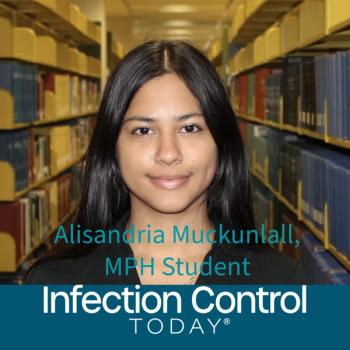
FDA Expands Age Range for Use of Bacterial Meningitis Vaccine
The Food and Drug Administration (FDA) today expanded the approved age range for Menactra, a bacterial meningitis vaccine, to include children ages 2 to 10 years. Meningitis is a serious inflammation of the lining that surrounds the spinal cord and brain. It can result in death or permanent injury to the brain and nervous system. In the United States, about 2,600 people become ill from bacterial meningitis annually. About 10 percent die from the infection and another 15 percent or so suffer brain damage or limb amputation.
Menactra was first approved by FDA in January 2005 for people ages 11 to 55 years. Previously, Menomune was the only meningococcal vaccine available in the United States for use in children, ages 2 years and older. Both products are manufactured by sanofi pasteur Inc. of Swiftwater, Pa. Both vaccines offer protection against four groups of Neisseria meningitidis, the bacterium that can cause meningitis.
Approving Menactra for younger children offers another option for health care providers and parents. Now there are two vaccines available for children between 2 and 10 years of age who may be at increased risk of meningitis, said Jesse L. Goodman, MD, MPH, director of FDA's Center for Biologics Evaluation and Research.
The Centers for Disease Control and Preventions (CDC) Advisory Committee on Immunization Practices (ACIP) currently recommends meningococcal vaccination for children ages 2 to 10 years who are at increased risk of developing meningococcal disease, such as those who have had their spleen removed or whose spleen is not functioning; those with a medical condition called terminal complement component deficiency which makes it difficult to fight infection; and those who expect to travel to areas outside of the United States where the disease is common. Vaccination also is used to control outbreaks of bacterial meningitis.
Menactras effectiveness was measured in clinical trials that included people ages 2 to 55 years. The vaccine was shown to produce an immune response one month after vaccination. The safety of Menactra was evaluated in eight clinical studies that included a total of 10,057 participants who received Menactra and 5,266 participants who received Menomune. The most common adverse events reported in the studies were pain at the injection site and irritability. Diarrhea, drowsiness, and lack of appetite also were common.
While not observed in these clinical trials, Guillain-Barré syndrome (GBS), a neurological disorder that causes muscle weakness, was noted as a possible but unproven risk in some adolescents following immunization with Menactra, occurring in an estimated 1 in 1 million vaccine recipients. As a precaution, people who have previously been diagnosed with GBS should not receive Menactra.
The FDA and CDC will continue to monitor the safety of Menactra through their jointly administered Vaccine Adverse Event Reporting System.
Source: FDA
Newsletter
Stay prepared and protected with Infection Control Today's newsletter, delivering essential updates, best practices, and expert insights for infection preventionists.





